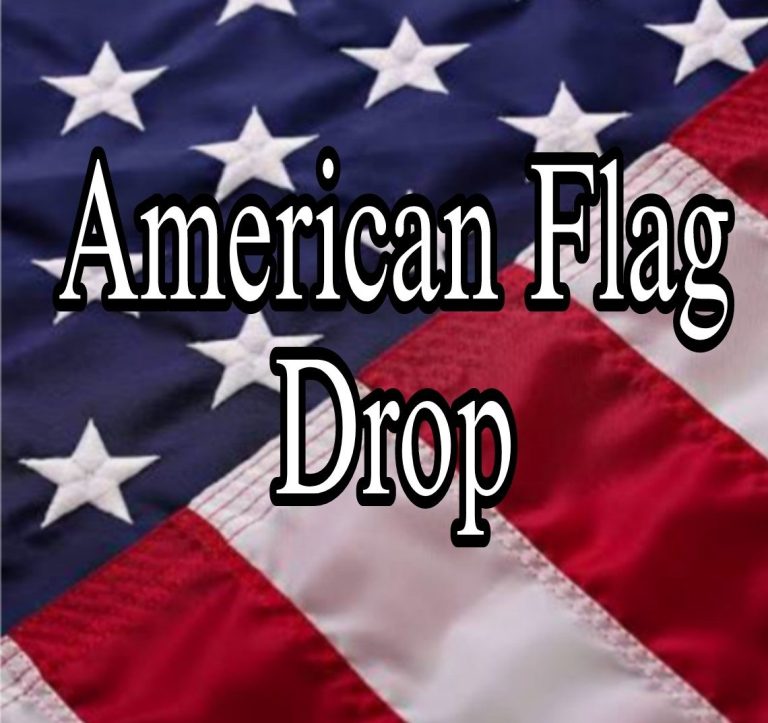
Our American Flag
"The Betsy Ross Flag" believed to have been originally designed and sewn by Elizabeth Griscom, known as Betsy Ross.
On June 14, 1777, the Second Continental Congress passed the first Flag Resolution. This resolution officially adopted the “Stars and Stripes” as the national flag and states:
Resolved That the Flag of the United States be 13 stripes alternate red and white, that the Union be 13 stars white in a blue field representing a new constellation.
June 14th is celebrated as Flag Day because of this resolution. Since the resolution did not specify the arrangements of the stars, flags exist with a variety of “constellations.” The “Betsy Ross” flag arranges the stars in a circular pattern.
Francis Hopkinson, signer of the Declaration of Independence from New Jersey, claims that he designed the “Stars and Stripes” that was designated as the national flag. The above resolution was adopted from the Marine Committee, who had been using these guidelines for flags since July 4, 1776.
Congress did not dictate why red, white, and blue were chosen for the flag in their resolution. The only explanation given is from Charles Thompson, Secretary of the Continental Congress. On 1782, he consolidated the designs and work from the three committees tasked with creating a National Seal. No original design from Thompson exist depicting this consolidated seal, but he wrote a detailed summary including the meanings behind the colors of the United States. He stated:
The colors of the pales (the vertical stripes) are those used in the flag of the United States of America; White signifies purity and innocence, Red, hardiness & valour, and Blue, the color of the Chief (the broad band above the stripes) signifies vigilance, perseverance & justice.
In 1794, a second Flag Act was signed. In this resolution, two new stars and two more stripes were added to the design, which symbolized the addition of Vermont and Kentucky into the Union. This flag remained in use even when five more states were added to the Union. In 1818, the third Flag Act was signed that started the precedent of adding another star to the flag after each state’s entrance into the Union. In addition, this act reduced the number of stripes from fifteen to thirteen.
This 20 star and 13 stripe flag was used between July 4, 1818 and July 3, 1819.
The current flag has fifty stars and has remained unchanged since Alaska and Hawaii entered the Union in 1959. This is the longest-used rendition of the flag.
Current flag of the United States with 50 stars and 13 stripes.
US History.org; Britanica.com
FLAG RETIREMENT
There is a proper way to retire our American Flag, and we are happy to retire your old, well flown flags.
Our partners and local businesses are drop off sites in your community. Please bring your worn-out flags to the following locations where we will collect them and retire them with honor.
If you wish to have one retired "In Memory" or "In Honor" leave a note and we will post and honor them.
Bring your flag to any of our events or utilize one of the local drops:
Beef O'Brady's - Marianna FL 850-482-0002
Fiddlers Oyster & Steamhouse - Blountstown, FL 850-237-1243
Twin City Brewery - Chattahoochee, FL 850-663-2120
In Western MD/South PA/East WV - American Legion Post 202 in Williamsport MD has a drop box outside the front door.
American Heroes Motorcycle Association ® FL 1 Heroes Healing Heroes ©
501(c)(3) CHARITABLE ORGANIZATION
FLORIDA SOLICITATION COMPLIANCE # CH74620
© Copyright. All rights reserved.
We need your consent to load the translations
We use a third-party service to translate the website content that may collect data about your activity. Please review the details in the privacy policy and accept the service to view the translations.
